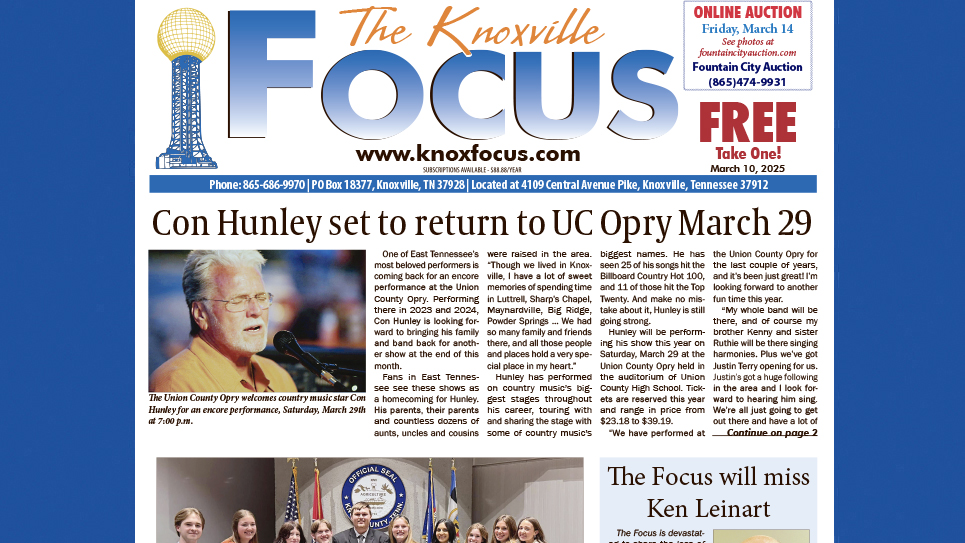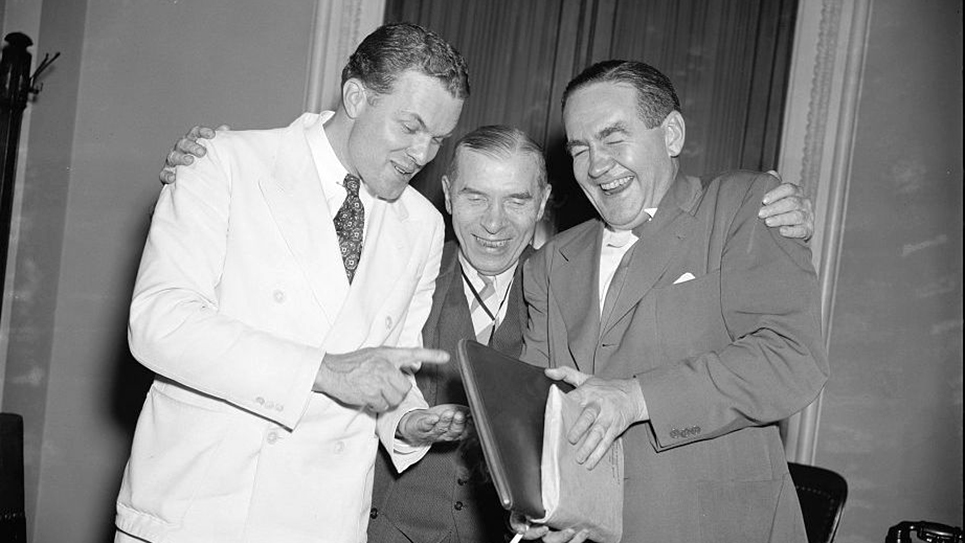By Rosie Moore
Carols were first sung in Europe thousands of years ago, but these were not Christmas Carols. They were pagan songs, sung at the winter Solstice celebrations as people danced round stone circles. The word Carol actually means dance or song of praise and joy. Carols used to be written and sung during all four seasons, but only the tradition of singing them at Christmas survived
Early Christians took over the pagan solstice celebrations for Christmas and gave people Christian songs to sing instead of pagan ones. In 129 a Roman Bishop said that a song called “Angel’s Hymn” should be sung at a Christmas service in Rome. Another famous early Christmas hymn was written in 780, by Comas of Jerusalem, for the Greek Orthodox Church. Soon after this many composers all over Europe started to write Christmas carols. However, not many people liked them as they were written and sung in Latin, a language that the normal people couldn’t understand. By the time of the Middle Ages (the 1200s), most people had lost interest in celebrating Christmas altogether.
This was changed by St. Francis of Assisi when, in 1223, he started his Nativity Plays in Italy. The people in the plays sang songs or “canticles” that told the story during the plays. The new carols spread to France, Spain, Germany and other European countries.
There are many, many beloved Christmas carols, but the most beloved, to me, is “Silent Night”. In a small town in Austria, in 1818, before Christmas Eve, Joseph Mohr brought the words to Franz Xaver Gruber and asked him to compose a melody and guitar accompaniment for the Christmas Eve mass, as the flooding damaged the church organ. People loved this rendition and, thus, “Silent Night” became the world’s most popular Christmas Carol. When you sing Christmas carols, sing with a joyful heart. After all, it is Christ’s birthday.
Thought for the day: You’ve heard “Keep Christ in Christmas”. Maybe we should also say, “Keep Christmas in Christians.” Anonymous
Send comments to rosemerrie@att.net. Thank you.






